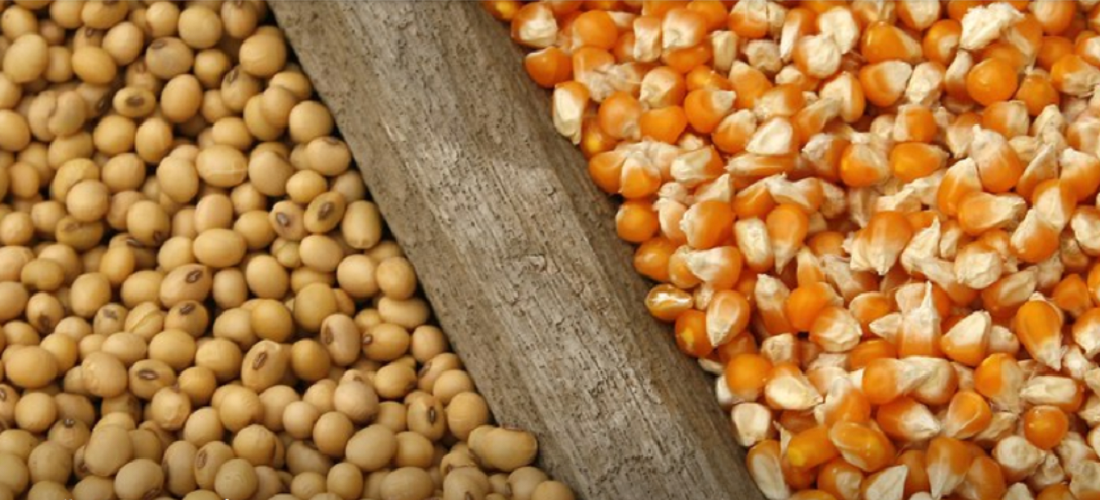
Production costs affect int’l competitiveness of Brazilian grains
Aug, 31, 2022 Posted by Gabriel MalheirosWeek 202235
High production costs affect the competitiveness of Brazilian grains in the international market, says a study by the Center for Advanced Studies on Applied Economics (Cepea) of the State University of São Paulo. To conduct the survey, the institution computed the average values registered in two standard farms in four large grain-producing countries between the 2016/17 and 202/21 crop years, corresponding to five harvests.
In Brazil, the researchers chose the production hubs Sorriso (Mato Grosso) and Cascavel (Paraná) as references. The study also included data on crops grown in Argentina (in farms located in the west and north of the Buenos Aires province), the United States (Iowa and South Dakota), and Ukraine (in the west of the country and Poltova, in the central region).
According to the study, the average operational cost of soybean production in the two Brazilian regions was the highest in these five seasons, reaching US$ 551.7 per hectare. In the Argentine, Ukrainian and American areas, the costs were US$269.3 per hectare, US$315.5 per hectare, and US$508.3 per hectare, respectively.
Comparing the cost per volume in these different areas, Argentina demonstrated the lowest average again (US$ 79 per tonne). Ukraine ranked second (US$ 134.7 per tonne), followed by Brazil (US$ 158.1 per tonne) and the United States (US$ 162.4 per tonne).
Cepea stressed that Brazilian competitiveness was better than that of the US because the average throughput was higher in Brazil. However, Brazilian producers of grains face higher production costs (fertilizers, pesticides, seeds, diesel, and preventive maintenance of machinery and labor).
See below the track record of Brazilian soybean exports from January 2019 to June 2022. The data below was collected by Datamar’s business intelligence team through the DataLiner platform.
Soybean exports from Brazil | January 2019 – June 2022 | WTMT
Source: DataLiner (click here to request a demo)
Corn
In the case of corn, the highest operational costs found in the period assessed, US$ 904.2 per hectare, belonged to the USA. In Ukraine, the cost was US$ 640.3 per hectare; in Brazil, US$ 496.5 per hectare; and in Argentina, US$ 451.5 per hectare.
On the other hand, the highest cost per tonne produced, US$ 92.4, was Brazil’s. The remainder of the list goes: the USA, with US$ 82.5 per tonne; Ukraine, with US$ 80.5; and Argentina, where the average expenditure was US$ 49.8 per tonne.
The production system with the highest average net operating income was the one found in standard US properties, US$711 per hectare, followed by the ones in Ukraine (US$ 600 per hectare), Argentina (US$ 469 per hectare), and Brazil (US$ 336.6 per hectare).
However, regarding profitability, Argentine properties saw the best financial return in the five crops analyzed by Cepea – the highest being 146.4%. The financial return on Ukrainian properties increased by 120.9% while growing by 96.2% for North American ones and 61.5% for the ones in Brazil.
See below the track record of Brazilian corn exports from January 2019 to June 2022. The data below is from DataLiner.
Corn exports from Brazil | Jan 2019 – Jun 2022 | WTMT
Source: DataLiner (click here to request a demo)
“The average results from the last five harvests reveal that Brazil obtained positive figures, but not enough to outperform its top competitors,” Cepea explained.
Source: Valor Econômico
To read the full original article, please go to: https://valor.globo.com/agronegocios/noticia/2022/08/31/custos-afetam-competitividade-global-de-soja-e-milho-do-brasil.ghtml
-
Ports and Terminals
Oct, 03, 2019
0
Port of Buenos Aires will be modernized by infrastructure works
-
Other Cargo
Apr, 28, 2023
0
Industry association projects 6.7%-9.1% drop in Brazil’s footwear exports
-
Grains
Aug, 09, 2023
0
Paraguay President-elect: EU’s environmental demands in trade talks ‘unacceptable’
-
Dec, 03, 2021
0
Pernambuco governor ensures another step in the viability of Transnordestina towards Suape



